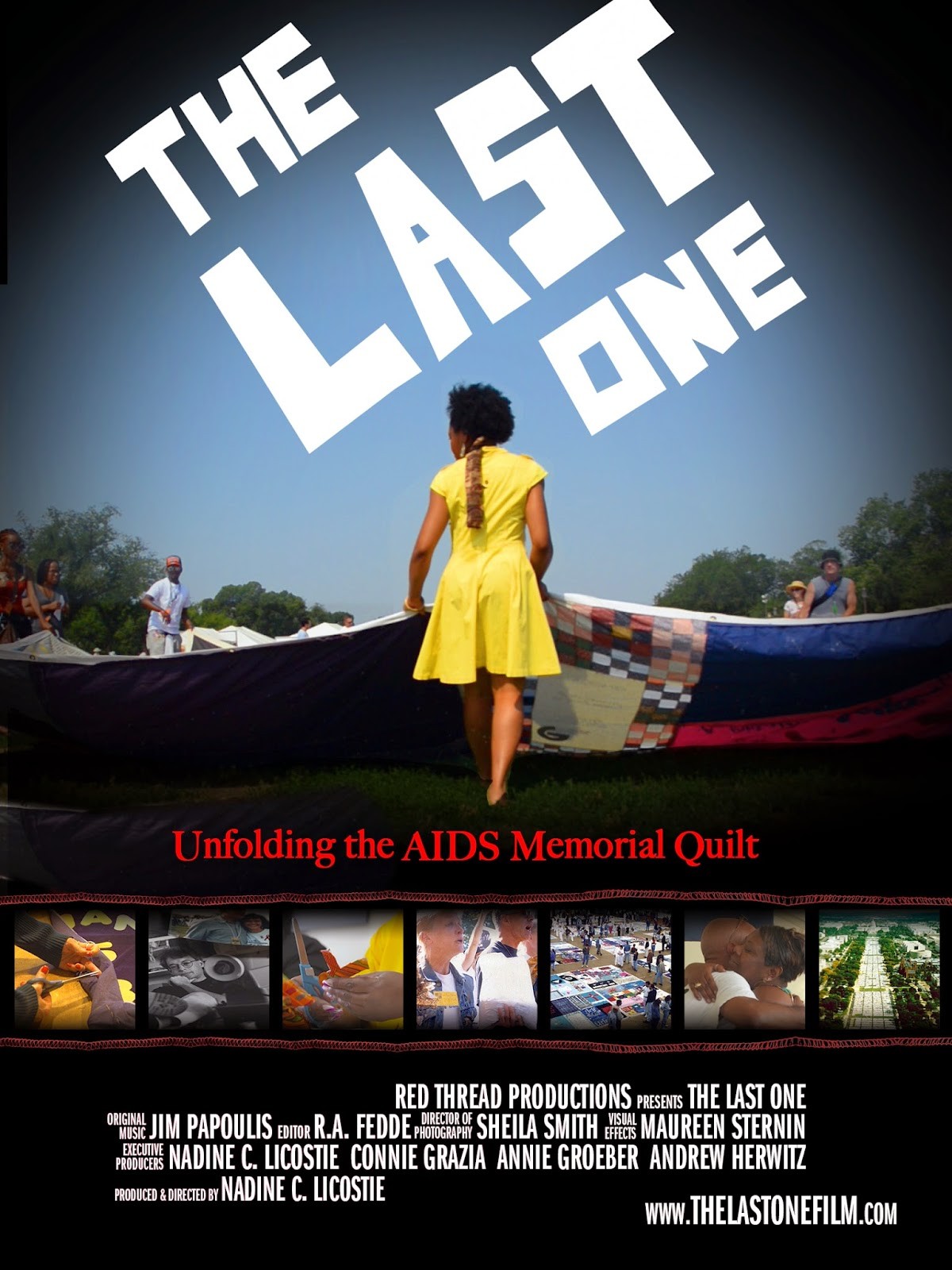 During a Candlelight Memorial to slain gay politician Harvey Milk in San Francisco in 1985 Cleve Jones who had been an Intern for Milk and two years ago prior had co-founded the San Francisco AIDS Foundation came up with the idea of the AIDS Memorial Quilt. It took him and his colleagues another two years for the NAMES Project to turn this into reality, but they got there and now almost 30 years later is has grown to become the worlds largest community arts project memorializing the names of over 80000 Americans killed by AIDS.
During a Candlelight Memorial to slain gay politician Harvey Milk in San Francisco in 1985 Cleve Jones who had been an Intern for Milk and two years ago prior had co-founded the San Francisco AIDS Foundation came up with the idea of the AIDS Memorial Quilt. It took him and his colleagues another two years for the NAMES Project to turn this into reality, but they got there and now almost 30 years later is has grown to become the worlds largest community arts project memorializing the names of over 80000 Americans killed by AIDS.Jones was, and still is, a passionate activist who possesses a remarkable ability to articulate both the anger the community felt and the needless deaths caused simply by homophobia. Even when the epidemic hit other parts of society other than gay white men, the stigma caused by the initial hysteria still greatly effected the vast majority’s understanding of both HIV and AIDS. As the frightening statistics kept being blazoned across the screen, this documentary not only serves to remind us that not only has the spread of subsided but all the new facts like 1 in 4 of people infected now are under 25 years old, still stuns one into total silence. That and the fact that 64% of Americans that have been diagnosed are still not on medications for a variety of reasons, most of which are economic.
 She also covers the work of The Womens Collective that was established by the enigmatic Patricia Nails after the death of her husband and their 2 year old daughter specifically to help and support infected women of color. Nails infectious enthusiasm radiates through the Center and gives real hope and life to women who before had none. Watching them make their own contributions for the Quilt is both a heartbreaking and empowering sight.
She also covers the work of The Womens Collective that was established by the enigmatic Patricia Nails after the death of her husband and their 2 year old daughter specifically to help and support infected women of color. Nails infectious enthusiasm radiates through the Center and gives real hope and life to women who before had none. Watching them make their own contributions for the Quilt is both a heartbreaking and empowering sight.Take a big box of kleenex.


